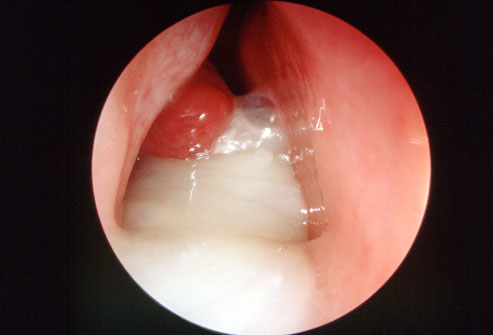
Sinusitis might be to blame for congestion, discomfort
Each and every year, when the temperatures hover around or below freezing, scores of men, women and children reach for the tissue box to overcome what’s typically assumed to be the common cold. but that common cold might actually be something much different.
Roughly 37 million Americans suffer from at least one episode of sinusitis each year. an inflammation, or swelling of the tissue lining the sinuses, sinusitis can prove very difficult to live with. Healthy sinuses are normally filled with air, but when a person is suffering from sinusitis, their sinuses become blocked and filled with fluid and germs, potentially leading to infection. To avoid succumbing to sinusitis this year, learn as much about the condition as possible so it can be properly diagnosed early on and limit its potentially painful effects.
It’s easy to overlook sinusitis because many people mistakenly assume sinusitis is purely a chronic condition. However, sinusitis isn’t always chronic.
* Acute sinusitis: Acute sinusitis is characterized by a sudden onset of cold-like symptoms that don’t go away after 7 to 10 days. Symptoms can include runny nose, congestion and facial pain that lasts 4 weeks or less.
* Subacute sinusitis: Symptoms will last 4 to 8 weeks.
* Chronic sinusitis: When sinus inflammation lasts 8 weeks or more, the condition is considered chronic.
Certain people are more likely to suffer from sinusitis than others. Those people include:
* People with structural differences, including a deviated septum, that narrow the drainage ducts.
* People who suffer from allergic rhinitis, which causes the swelling of the lining of the nose.
* People with nasal polyps, or small growths in the lining of the nose.
* People whose nasal mucous membrane swells as from a common cold.
Because it’s common to mistake a bout of acute sinusitis with the common cold, men and women should learn about acute sinusitis to help determine if what they or their children are suffering through is sinusitis or just a common cold. the symptoms of acute sinusitis include:
* Facial pain and pressure
* Cough or congestion
Doctors will typically ask for a full list of symptoms when attempting to diagnose the problem. if the doctor suspects sinusitis, he or she may press the sinuses to feel for tenderness and might also tap the individual’s teeth to determine if the paranasal sinus is inflamed.
There are also tests available to determine if a person is suffering from sinusitis. these can include studying the mucus culture, conducting a CT scan of the sinuses, allergy testing, nasal endoscopy, or even blood work.
When a person is diagnosed with sinusitis, their treatment will depend on whether they were diagnosed with acute or chronic sinusitis.
The best thing to keep in mind when suffering from sinusitis is to be proactive if you suspect you have it. Delaying treatment will only extend the often painful and uncomfortable symptoms.